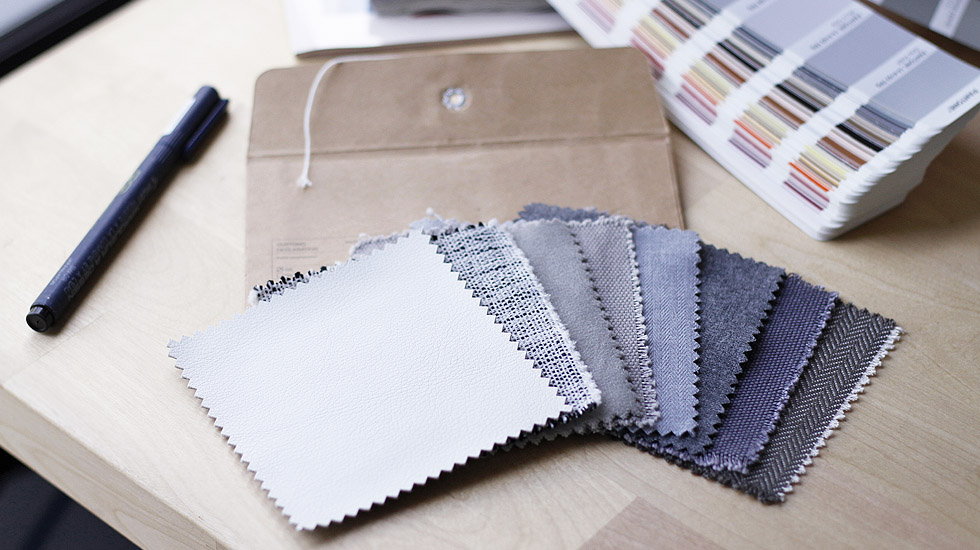
The upholstery fabric you choose is the most important element in any upholstery project you undertake.
Upholstery is as much about appearance as purpose. The fabric you choose will make or break the aesthetic of your furniture.
If you’re looking for a detailed guide on the types of upholstery fabrics, you’ve come to the right place.
In this guide, we’ll go over:
- What is upholstery and upholstery fabric
- How to choose the right upholstery fabric
- What upholstery fabrics there are
- How to clean upholstery
- Alternatives to upholstery
Sound good? Let’s get started:
Upholstery and upholstery fabric
So that everyone is on the same page, upholstery is the art of fitting furniture with padding, springs, stuffing, and coverings.
Reupholstering a chair can turn sorry looking scrap into furniture that looks like a million bucks.
Just look at that transformation! Safe to say the fabric used there played a big role.
It finishes the look and is what will be displayed to everyone. Think of it as a window into your personal style, taste and preference.
Of course, aesthetics aren’t everything when it comes to fabric selection. As it turns out, there’s a bizarre number of different things to consider.
How to choose the right upholstery fabric
So why can’t we just pick out a fabric that looks good to us? What about it being our personal style and preference?
I wish it was going to be easy as that but there are important things you’ll need to consider before choosing the right fabric.
Starting with the obvious:
Price:
Upholstery fabrics come in a huge range of prices depending on material and quality.
But this doesn’t mean that “good” fabrics with desirable properties have to be expensive.
Modern technology has made it possible to get some incredibly high performing and comfortable fabrics for cheap.
To make sure you don’t go crazy with your spending, search up how much fabric it will take to upholster your desired object want and estimate the costs.
Aesthetics:
What message would you like to send?
Different fabrics associate themselves with different feelings. They can blend into the surrounding or accent your furniture.
Look for something that is cohesive with your surrounding decor.
Here’s a few ideas:
Leather has a masculine and sleek appearance.
Linen is the classic choice for creating a shabby-chic rustic farmhouse look.
Velvet on the other hand exudes a dramatic and bold image.
Unfortunately, color may limit your selection since not all fabrics can be dyed in a manner that achieves the color and richness you may be looking for.
Durability:
“What will it be used for?” is the most important consideration.
Fabric durability is measured by the Wyzenbeek count (a.k.a double rub count) in the US and the Martindale count in the EU. They are industry standards.
Basically it means how many rubs it will take for it to show wear. The rubs are performed differently in the US and EU, hence the different names.
So it’s important to consider what the fabric will be used for, where it is placed, presence of kids and pets, etc as they will all determine how tough you need the fabric to be.
Furniture like sofas need some of the highest rub counts as they are used (and rubbed) way more than a headboard.
That’s why our fabrics and sofa covers come with a double rub count of at least 21,750 double rubs or 29,000 Martindale cycles.
Put into perspective, 15,000 double rubs (20,000 Martindale cycles) is considered appropriate for heavy residential use.
Maintenance:
If you’re a set it and forget it kind of person then maintenance is an all important consideration.
Fabrics like leather don’t cling to debris, odour or anything really and can be wiped down for the most part.
Conversely, fabrics (like velvet) stain very visibly and simply attract pet/dander like shoppers to a black friday sale. Even worse, highly delicate fabrics such as silk must be professionally cleaned to prevent it from being damaged.
As you can see, there’s a wide range of effort required in the maintenance department for different fabrics.
With that in mind, when it comes to heavy cleaning for big pieces, you’ll want fabrics that are machine washable.
Remember this well as down the line they can really save you hours of effort spent scrubbing.
Easy enough so far. Now here are some less obvious factors to think about:
Drape:
The drape of the fabric is how stiff it is. Kind of.
Upholstery fabrics must be pliable enough to wrap around the upholstered object and fit well enough to frame a nice outline around the upholstered piece.
In an extreme scenario, imagine trying to upholster a cushion in cardboard. It simply does not fold and tuck in well enough to fit the cushion nicely.
And yes, cardboard isn’t upholstery fabric but it demonstrates how important drape is.
Weight:
Typically, heavier fabrics will be thicker or more dense. This means that they’ll be more durable and let less light through.
This is important for those who are thinking of using upholstery fabric for curtains.
Conversely, heavier fabrics tend to be less breathable and are less drapeable (real word) which can be unideal for some furniture types.
Fading:
Most fabric fades and that’s a fact. What causes it?
The perp in question : light.
In a process called photo-degradation, light (worst of which is UV light) causes the breakdown of the dyes within a fabric.
To a much lesser extent, visible light and heat also contribute to the distortion and fading of a fabrics’ color.
The sun emits all of these – for long periods of time.
So if you’re expecting the upholstery to be placed somewhere that receives lots of sunlight, pick fabrics that don’t fade easily.
Better still, leave them away from direct sun altogether – unless you’re willing to fork out for specialized window tints.
Treatments/coatings
Some fabrics are treated to alter their natural properties. This may include giving them resistance to fire, fading, stains and so on. Ahhh, the wonders of technology.
Sometimes, these will also alter the feel of the fabric so be on the lookout for this. Even soft, supposedly comfy fabrics may have no breathability, so sweat and vapour won’t readily dissipate.
On furniture, that’s not great for particularly hot or cold climates. It’ll be hot, humid, and yucky during the summer and frigid during the winter.
Of course, not all fabric treatments cause this. As it turns out, some treatments are incredibly useful.
The most common fabric treatments are used to make fabrics virtually stain proof. These are normally also made to be very durable.
In fact, they are taking the world by storm and are reviving the textile industry for higher priced fabrics.
The stain proofing of these are permanently built in and many of them also are fade-resistant, bleach cleanable, waterproof, and possess a whole host of other desirable traits.
They’re like the superman of fabrics.
Famous brands who manufacture these versatile fabrics include Crypton, Sunbrella and Revolution.
Alternatively, after-market fabric protection are available as well.
Sprays that prevent spills from penetrating deep into the couch and staining it are readily available. These are used on fabrics that aren’t already treated.
It’s not as effective at stain prevention compared to the fabrics that have it in-built but they do still help. Unfortunately, they must be reapplied after machine washing or every few months.
Scotchguard is a well-known brand selling these sprays. Be wary when applying them though, as it may void any warranties that came with the fabric.
Ultimately, all of these fabric protections come at a premium so it really depends on whether you need the extra bells & whistles and how much you’re willing to pay.
Pet Friendliness
Worried about your fur babies threatening your new upholstery? Pick a pet friendly material.
This would be a fabric does not attract pet hair and stain easily. Being easy to clean would be awesome.
Brownie points if the fabric isn’t too textured or loose, with snaggable loopy threads that may hook onto your pets’ claws.
To be clear, if your cat decides that it wants (not by accident) to destroy your new upholstery then no fabric will be safe. Best bet would be to try and convince it not to.
Allergies are another common concern. Fabrics that are more hypoallergenic tend to prevent allergens from penetrating into the fabric and remain on the surface where they can be brushed / vacuumed off.
Hypoallergenic fabrics aren’t great real estate for dustmites to move in. Leather is a pretty great at this and easy to clean.
Alas, leather doesn’t come cheap so make sure your pets behave around it or prepare for expensive heartache.
Mildew and mold
Mold and mildew can grow on fabric, especially if they are natural fabrics – which are far more absorbent than their synthetic counterparts, and thus prone to microbial damage.
If untreated, mold and mildew will leave you with a musty odor and discolored fabrics that will rot until they eventually disintegrate. Scary stuff!
De-humidifiers help somewhat in the never ending war against mold but natural fabrics are generally not a suitable choice for any household with stagnant air above 80% relative humidity.
So watch out for this especially when facing humid summer weather.
Have you gotten all that? Excellent! It’s time to learn about the different types of upholstery fabrics there are widely available.
What upholstery fabrics are there
Upholstery fabrics can be divided into two categories. Natural or synthetic.
Naturally, natural fabrics are derived from natural sources.
Synthetics on the other hand are made from various man-made components such as coal, plastic, petroleum and etc.
Terrifying sounding stuff but don’t let that put you off. The same things are found in many modern products (even medicine is made of petrochemicals) and won’t harm you in any way.
Unless you plan on eating the fabric then maybe…
Anyways, the first thing to takeaway is that neither is completely superior over the other. They are just good at different things. For example: Natural fabrics are more porous but less resilient than their synthetic counterparts. They tend to be more comfortable, breathable, and are great for shabby-chic looks.
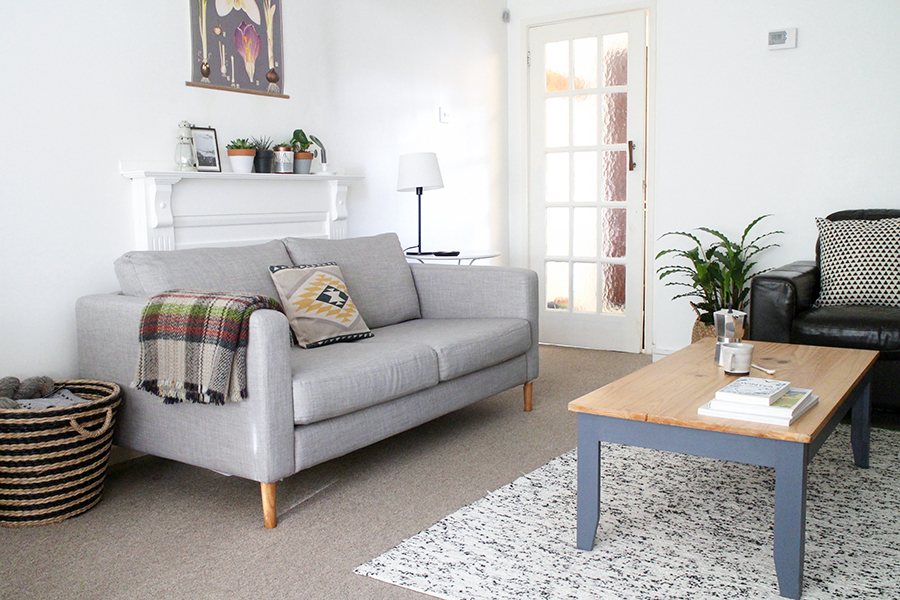
They are also biodegradable which is a bonus for Earth.
Synthetics on the other hand are durable and less porous, which means less breathable but also less absorbent when it comes to stains.
Stains simply don’t soak in and will be easier to wipe down when the soup comes pouring.
The added benefit to the lack of absorbency is that it resists mold and mildew which need humid conditions to thrive.
Furthermore, as they are more rigid, synthetics generally hold their shape better.
Opposite to the rustic farmhouse look inspired by natural fibres, synthetics carve out a clean and polished look.
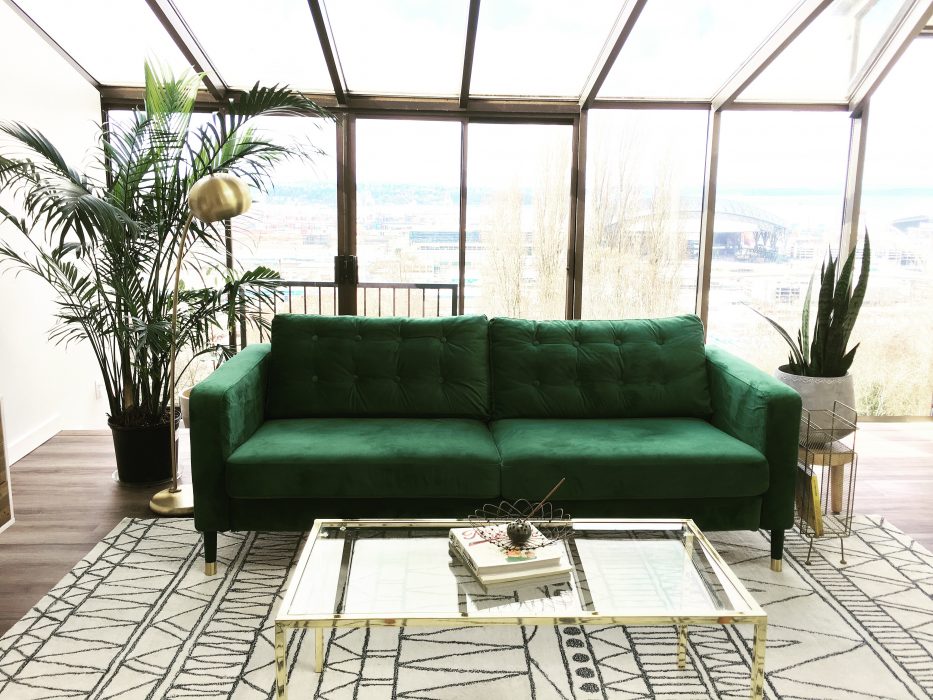
Remember, these are generalizations. Fabric mills have advanced to the point that even 100% polyester can capture the look and feel of linens, wools, cottons and other natural fibers.
But why pick a side? For those who want the good bits of both worlds, there are blended fabrics which incorporate attributes of both natural and synthetics.
They possess the durability and maintenance ease of synthetics, coupled with the comfort and luxury of natural fabrics.
So what are some examples of these fabrics?
Here are some of the most common ones:
Natural upholstery fabrics:
Chenille
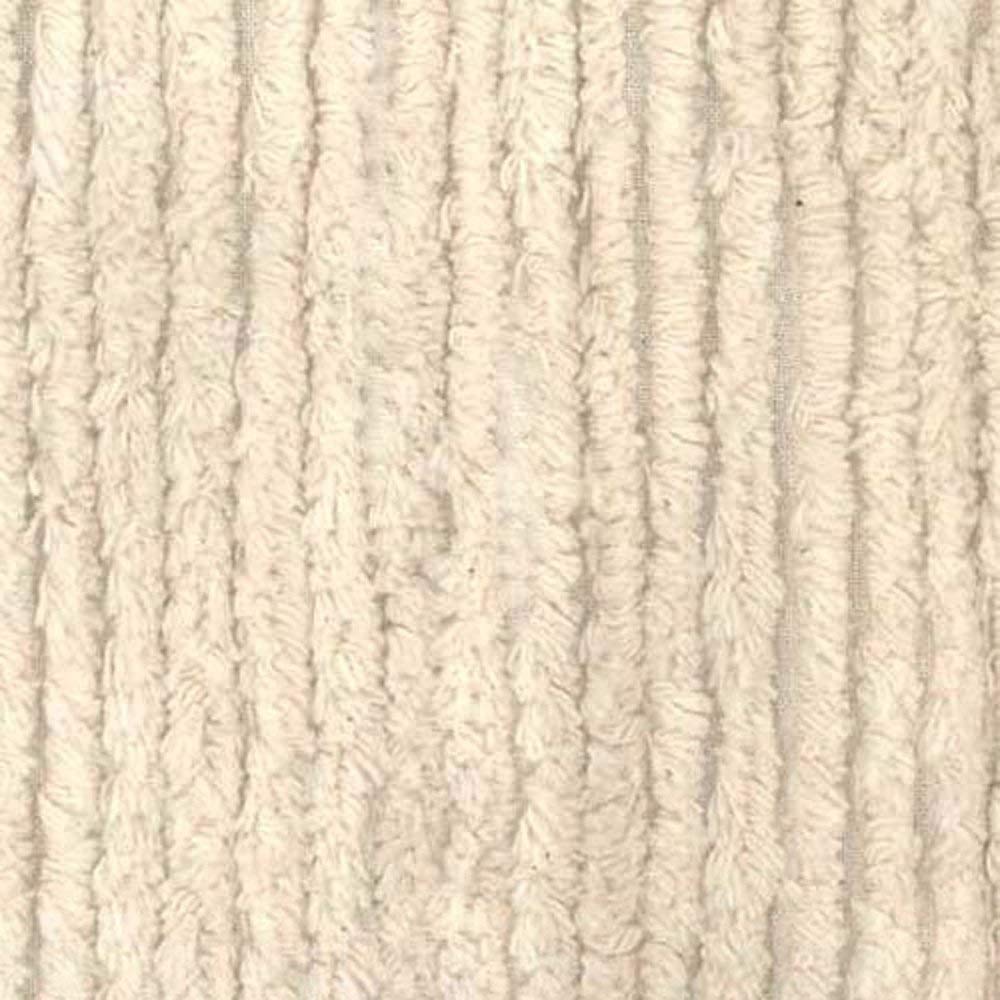
Chenille means caterpillar in French, which is what this fabric is named after.
That’s because the tufted fabric looks like a row of furry caterpillars.
Chenille in its natural form is created from cotton, but may be blended with silk, rayon, polyester, nylon and other materials to enhance its durability and help prevent the tufts from coming loose.
Uniquely, the tufts catch light at different angles, creating an attractive luminous sheen when brushed down correctly.
This is similar to how velvet changes its looks depending on how it is ruffled.
The texture of untreated Chenille is soft due to the tufts and is also very durable, making it a good choice for furniture seeing heavy use.
Cotton
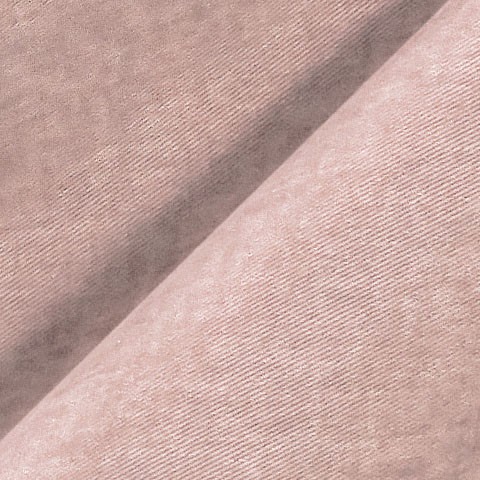
Classic cotton.
Natural, soft, breathable and affordable.
Not the most resilient fabric in its unblended state, it is still much loved for how comfortable it is.
Quality cotton fabrics are made with a tight and heavier weave, making it as piling resistant and abrasion proof as possible.
A tighter weave is particularly important for cotton as loose threads tend to snag against pet-claws, rough nails and the like.
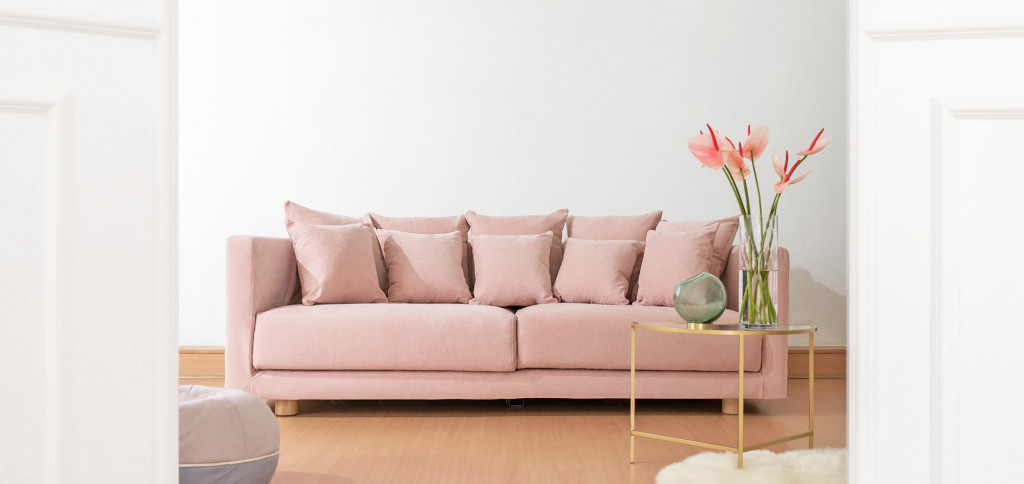
An added benefit to cotton is its heat resistance, allowing many pre-shrunk cotton fabrics to be machine washed when needed.
Cotton blends are also an option to those wanting more durability, though this will alter the feel somewhat.
Leather
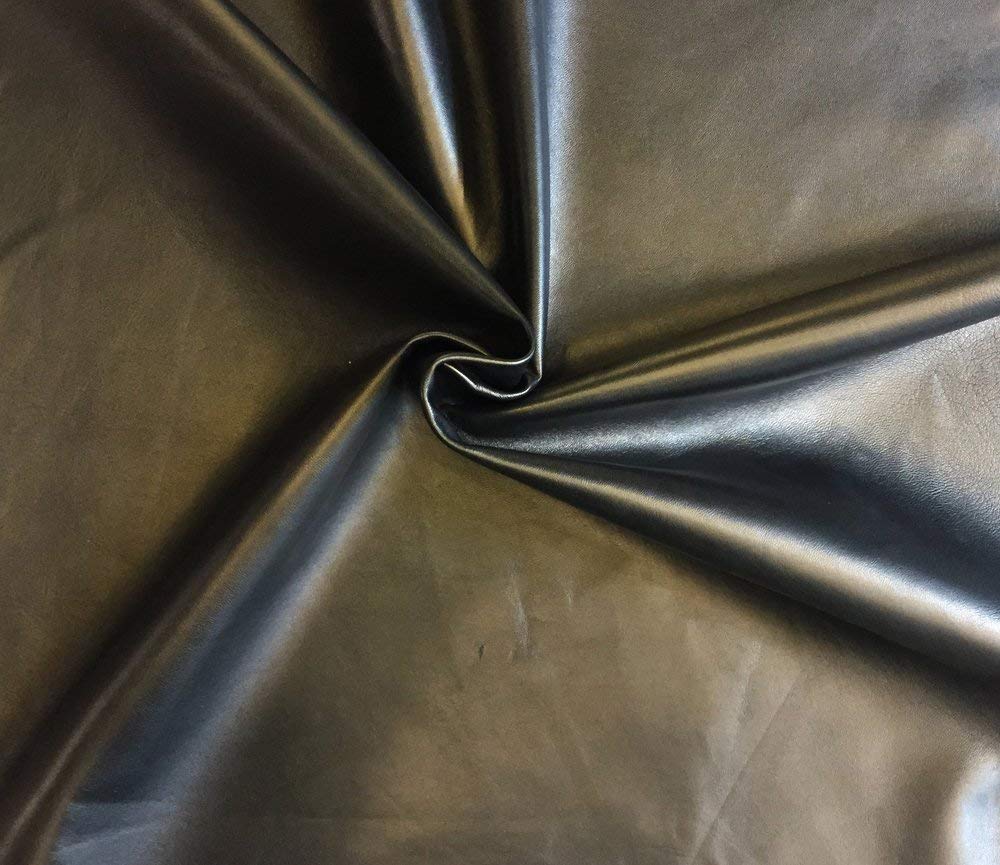
An age-old popular choice for upholstery, leather is beloved for the unique properties it offers over its fabric counterparts.
Derived from animal hides, leather neither feels hot nor cool. It adjusts to the room temperature and will quickly match your body temperature when using it.
It’s the best choice for homes with allergy-sufferers and pets (that behave) as leather is hypoallergenic, doesn’t attract pet hair and easy to clean.
Simply give it a wipe/vacuum.
Quality leather also does not damage easily, with all but the deepest pet scratches being able to be buffed out with little effort.
Over time, higher quality leathers may even develop a beautiful patina, become softer and increasingly resistant against punctures.
Fabrics don’t do that, they get worn out over time.
If not abused, quality leather can last decades if properly maintained with leather conditioner to prevent it from cracking.
On the topic of quality, cheaper leathers tend to mask their flaws with heavy dyes and processing which remove the natural-grain.
The most expensive leathers have little to no processing. The natural history of the leather is preserved down to the scratches and insect bites.
Linen
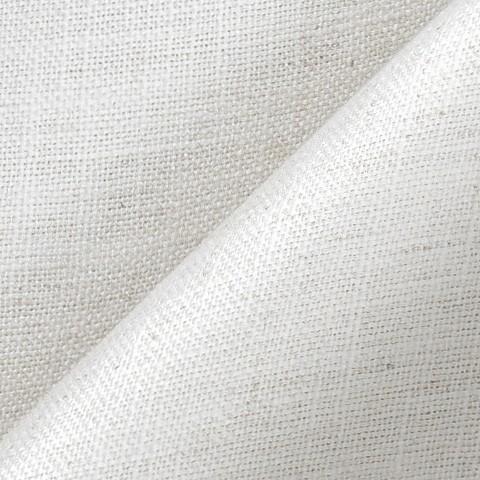
The “woven winds” of Egypt.
Clean and rustic, linen is the perfect choice fabric for creating the iconic farmhouse shabby-chic look.
It’s natural, it’s breathable – it’s comfort that does not sacrifice resilience. Linen’s tensile strength puts it leagues above cotton in a contest of durability.
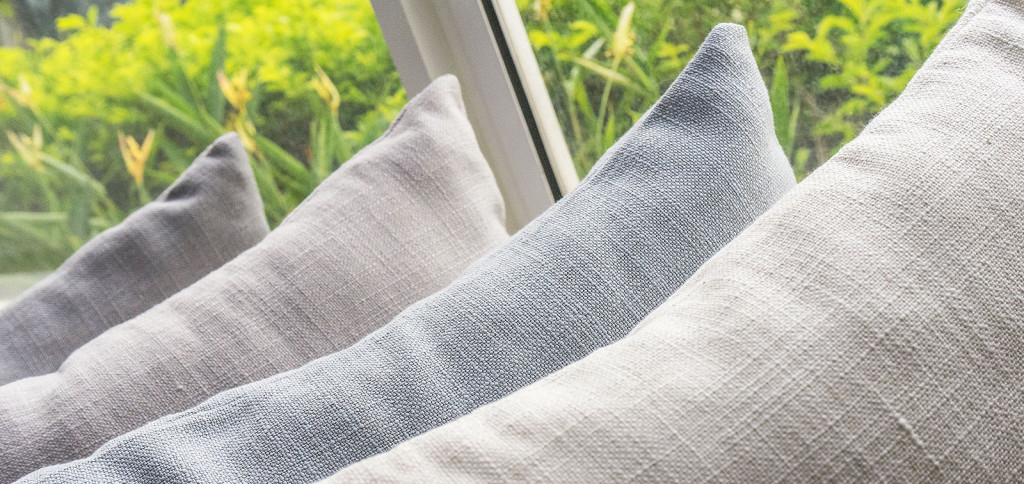
The biggest downside is that pure linen is expensive, which is why many linen fabrics are blended with cotton, synthetic fibers, or something in between like rayon/viscose.
Because it stains easily, linen is not the best choice in households with pets and kids.
Silk
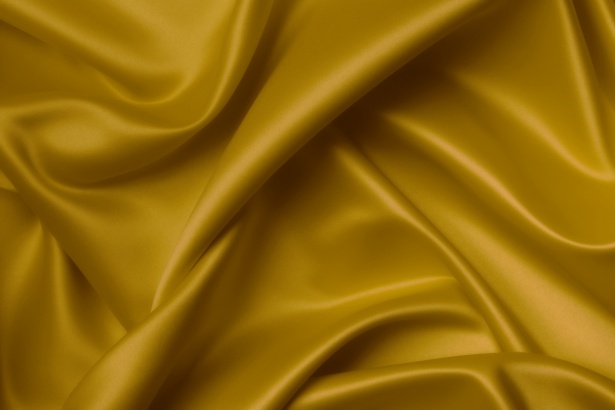
Good things don’t come cheap and silk is definitely one of them.
It’s light, luxurious, and quite literally “smooth as silk”.
It’s also naturally soft without any chemical treatment and this smoothness makes it very un-abrasive. A lifesaver for people who suffer from skin allergies and sensitive skin.
Even better, silk is very moss/mildew resistant and hypoallergenic. Dust mites stay away from silk.
Fun fact : that’s because silk is spun by the silk worm as a protection against these threats.
These properties have made it a coveted material throughout history, being used in clothing and upholstery for centuries.
At some point in time silk was only for the king, his relatives and friends in ancient China.
But for all its regality, silk is extremely inconvenient.
Great care should be taken when cleaning silk. It is one of the most delicate fabrics.
Harsh chemicals, and strong abrasion damages it. That’s why it needs to be professionally dry-cleaned.
Keep it out of sunlight as well. It is very susceptible to photo-degradation.
And of course, it’s very expensive so be wary of using it around kids and pets which may scratch and stain it.
Maybe after reading all of that, the question you’re asking in your head is “what doesn’t damage silk?”
Velvet
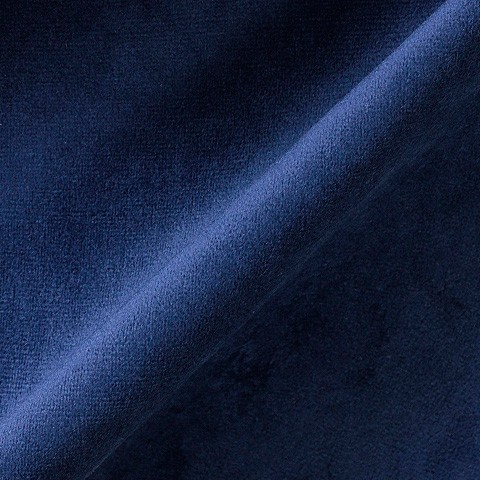
Distinguished by its buttery soft feel and available in bold, luminous colors, velvet is a material that screams “touch me”.
It’s the best fabric choice for dramatic pieces so bring out that inner showman!
Strictly, velvet isn’t a natural fabric as it refers to the signature short, dense pile which gives it the softness and shininess that it’s known for.
“Velvet fabric” actually can be made from natural or synthetic fibers and shares lots of similarities with chenille.
Like chenille, it’s soft and scatters light depending on how the way that it is arranged making it look like a different shade and texture according to how it’s patted down.
It can be very eye catching.
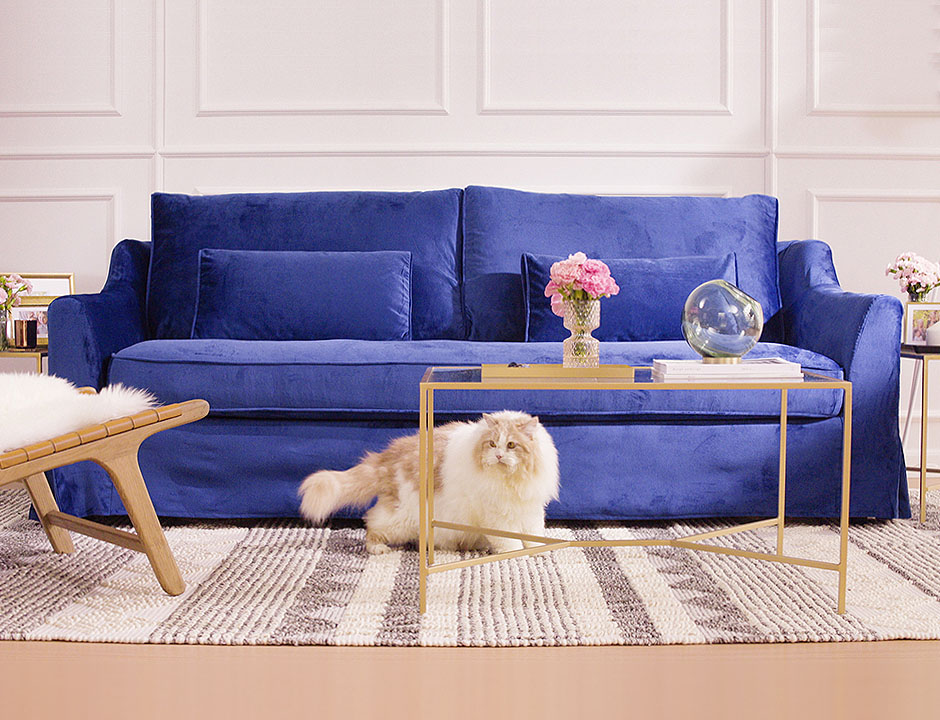
As a furniture fabric, velvets are very suitable for cozy winter nights as they retain heat. The creamy fleece-like feeling makes it exceptionally comfortable to sit and lie on.
On the other hand, velvet has some pretty notable drawbacks.
While it doesn’t snag easily against pet claws, velvet attracts pet hair and other allergens easily.
It also stains fast and stains noticeably, making it a pretty high maintenance choice.
So if you want velvet, pay particular attention to make sure the fabric is machine washable.
Wool
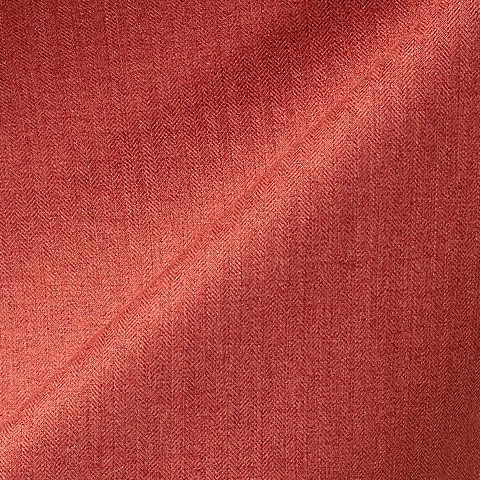
Good ole wool. It’s breathable, feels great and is incredibly hard-wearing due to its spring-like crimp. No wonder it’s been used for centuries!
Unfortunately, it’s kinda expensive too.
Made from sheep hair/fur? fleece, wool is a great natural fibre that feels luxurious and is good for the environment.
Pure wool may be difficult to clean due to its tendency to shrink, however modern wool fabrics are almost always blended with synthetics.
This makes it even more resilient, especially to piling and wrinkling as well as allowing it to be cleaned more easily.
Some can even be machine washed.
Synthetic Fabrics
Polyester
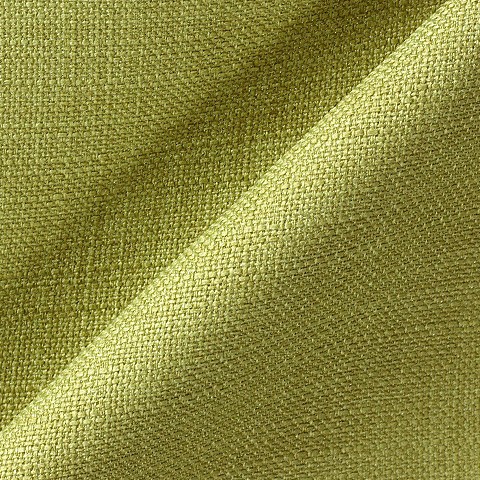
Highly resilient and easy to clean, polyester is a flexible synthetic fabric. It can be manufactured to take on a variety of feelings, textures, and colors.
Crisp or soft, dull or bold, it’s hard to believe that two very different looking and feeling fabrics are both made from 100% polyester.
It’s affordable and functional too.
The fact that polyester is resistant to just about everything thrown at it make it one of the best fabric choices for outdoor furniture.
It’s mildew resistant, fade resistant, abrasion resistant, wrinkle resistant, water-repellant, and lightweight.
But like a Pokemon, it does have a weakness. That would be oil stains – which are a pain to remove.
Save for that many blends can be cleaned to look-new perfection by machine washing.
A real top contender for the budget to performance champion! Which is why polyester is the most common material to blend with other fabrics.
The resulting blend will be easier to clean, wrinkle less and more durable.
Something to look out for is the fact that lighter colors do stain on polyester. But it can be cleaned easily, but that’s a matter of extra work.
Faux Leather
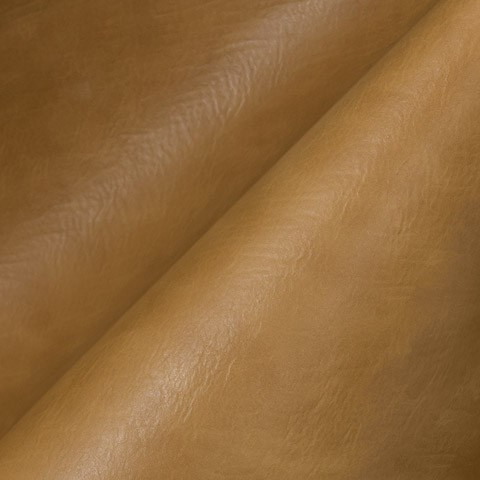
Sleek, expensive looking with all the feel of leather.
Quite unsurprising, faux leather was made solely to imitate the real deal.
It’s typically created from polyvinyl chloride (PVC) or polyurethane (PU) and textured to match the patterns on real leather.
Despite being completely synthetic, the technology to create it has come so far that the majority of people would be unable to distinguish between the two.
And it’s much, much cheaper than the real thing. So what are the downsides?
Unlike leather, faux leather is prone to cracking and peeling. While all faux leather suffers from this, it is especially true on the lower quality ones.
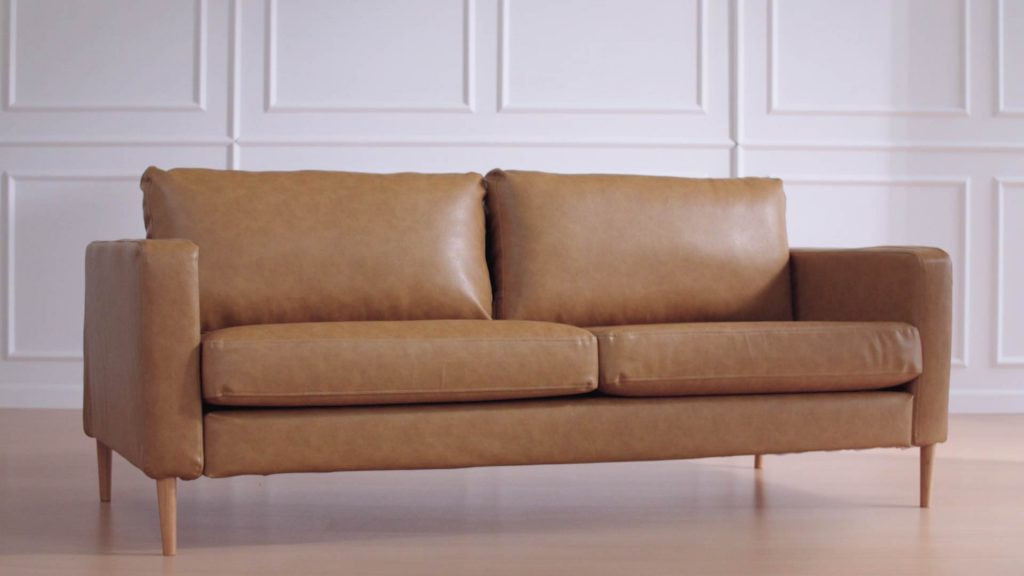
Conditioners may be used to extend the life of faux leather, but simply put it gets worse with age.
Real leather on the other hand gets softer and develops a protective patina.
Additionally, despite being scratch resistant to an impressive degree, faux leather is prone to puncturing.
It’s also not breathable. At all.
This means that humid environments can be particularly uncomfortable if you were to take a nap on a sofa upholstered in faux leather.
So surprise, surprise, faux leather is best used as a leather substitute.
Upholster in faux leather if real leather is too costly and enjoy the same looks and to some degree, the same benefits.
It really shines in homes with pets or children since it can be replaced, is easy to clean and hypoallergenic.
Microfiber
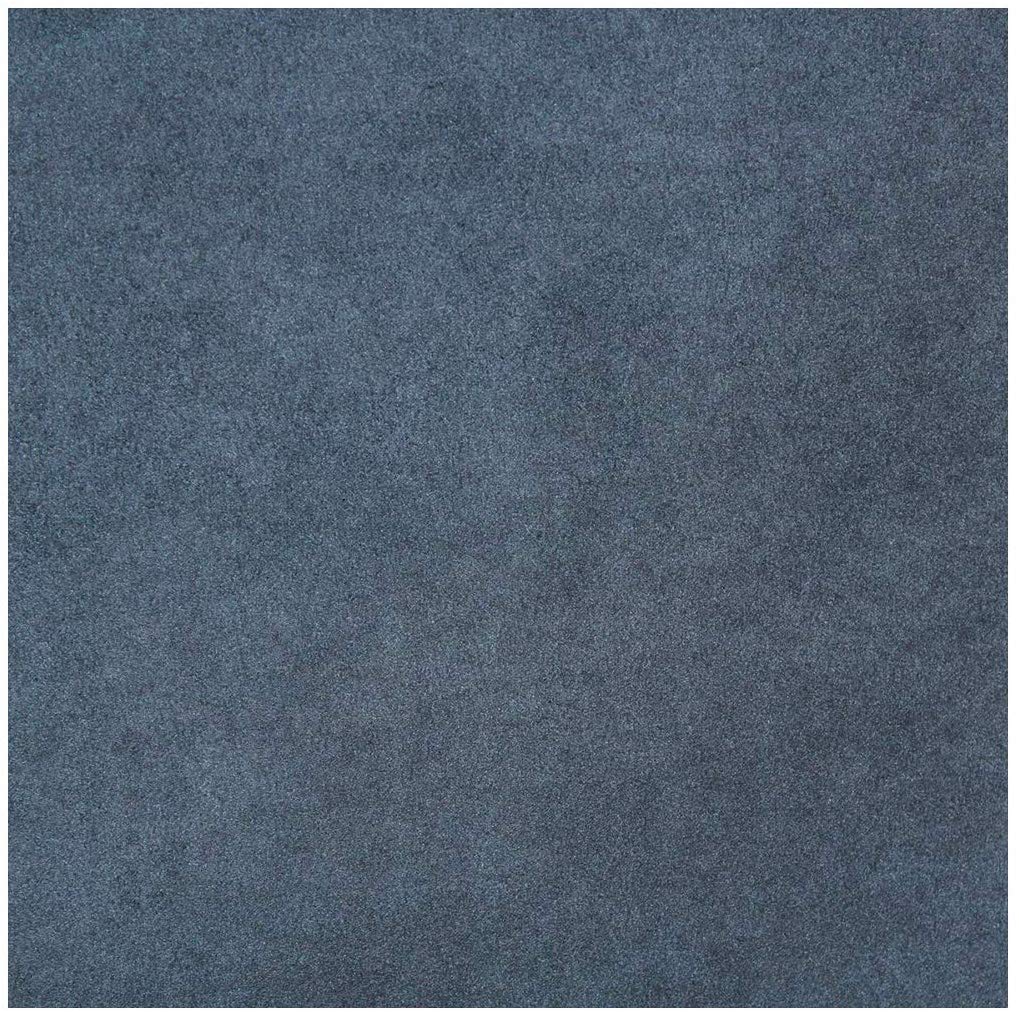
Lightweight wonder fabric of the 21st century. This ultra-fine fabric is typically made from a blend of polyester and nylon.
Microfiber is extremely dense and durable, incorporating fibers measuring less than a fifth of the diameter of human hair.
This makes it especially soft and because of the fiber density, dyed microfiber looks especially vibrant. It’s available in spectacularly bold, lustrous colors that are fade resistant.
Additionally, microfiber can be manufactured in a multitude of ways to replicate the feel of cotton, velvet, suede leather and more.
Like faux leather, microsuede (microfiber in a suede texture) is another good option for a vegan leather sofa.
Another property stemming from the dense weave is that particles do not permeate through.
While not stain-proof, liquid spills bead up instead of instantly soaking in. This buys some much needed time to wipe them off.
Furthermore, allergens are collected on the surface instead of penetrating the fabric, making cleaning a matter of vacuuming it. Pesky dust mites can’t burrow in either.
Olefin
Common and affordable, Olefin (a.k.a polypropylene)is a wonderful fabric choice for furniture seeing heavy use.
Fully synthetic, olefin is particularly fade resistant due to the way the color is locked into the fibers during the melting process.
This makes it a great fabric choice for pieces that are exposed to lots of light.
And not just light, olefin is also very resistant to stains, abrasion, mildew, fire.
Resilient and comfortable, olefin basically has no real weaknesses – an extremely versatile choice for any upholstery application.
Fun fact: Olefin is also one of the synthetic fibers with the least environmental impact.
Rayon / Viscose / Acetate
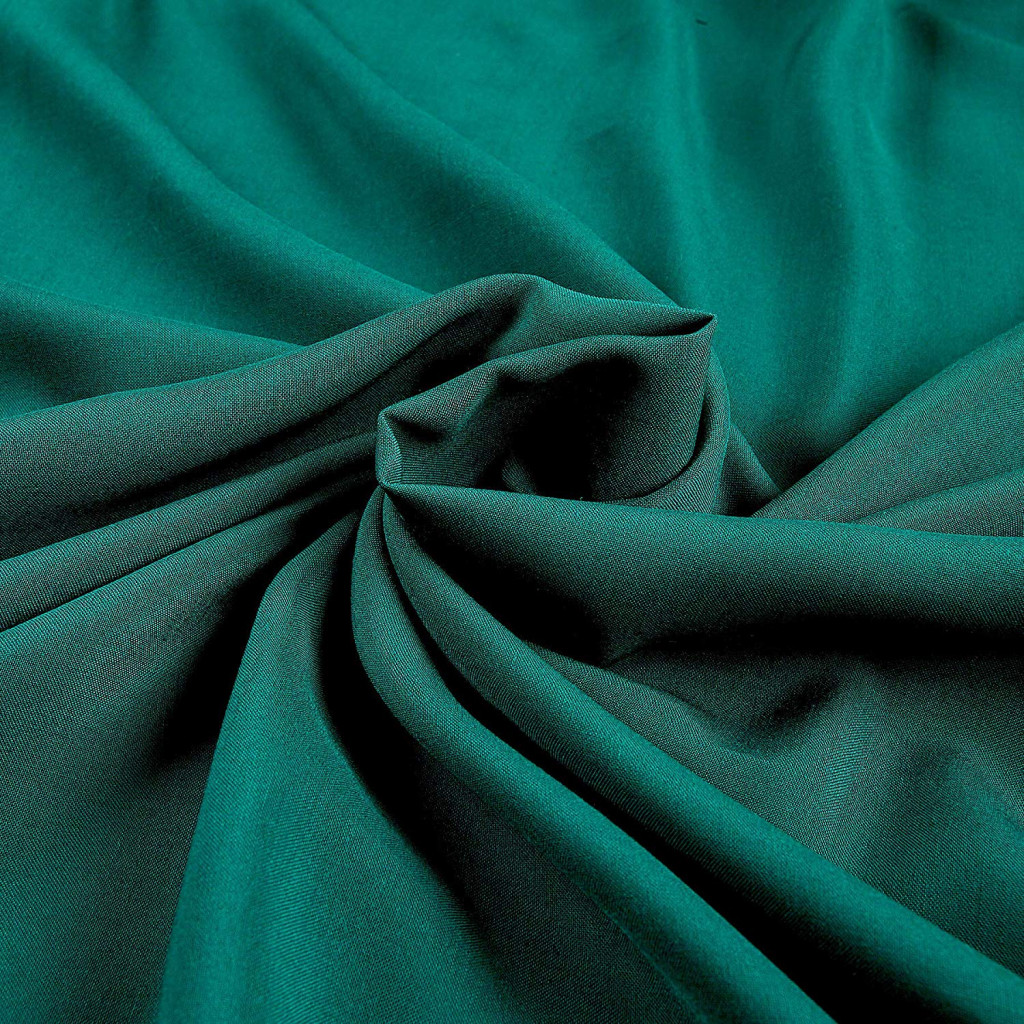
Rayon is the broad name for a whole host of fabrics which refer to the same product.
They are semi-synthetic fabrics that is made by chemically breaking down and reforming wood pulp / other plant fibers.
Differences in the production method births these different names.
Initially created as artificial silk, rayon suffered from a host of problems such as pilling, wrinkling and being easily scratched.
Modern rayon has progressed a lot since then. Especially the type used for upholstery which is normally blended with synthetics.
The new and improved rayon can imitate several fabrics such as cotton, linen and silk. Impressively, the natural fiber properties of these are captured in all their glory.
Like fully natural fabrics, it’s soft, breathable, and absorbent.
It’s also cheap (ahem, inexpensive) which makes it the third most used textile fabric in the world.
But it isn’t perfect.
Rayon is still not very durable. It has the lowest elastic recovery of the natural fibers which results in a much higher chance of it permanently losing its shape when stretched and damaged.
Yup, it still gets pilled, wrinkled and scratched easily. Even more so when wet, which temporarily weakens it.
To make things worse, rayon is highly flammable unless it has been treated.
So, if you’re living in more “adult” household without any foreseeable accidents to endanger your upholstery then this may be the choice for you.
Just don’t use it for heavy use pieces. It’s basically discount silk!
These are the most common fabrics used for upholstery. Of course there are more, but for the sake of my tired fingers, we unfortunately can’t go over every type of fabric.
You should however find something for your needs in the list above.
Another great way of determining what’s right for you is to consult the shop that sells them.
Picking a fabric that will adorn your furniture for years to come should always involve due research after all.
How to clean upholstery fabric
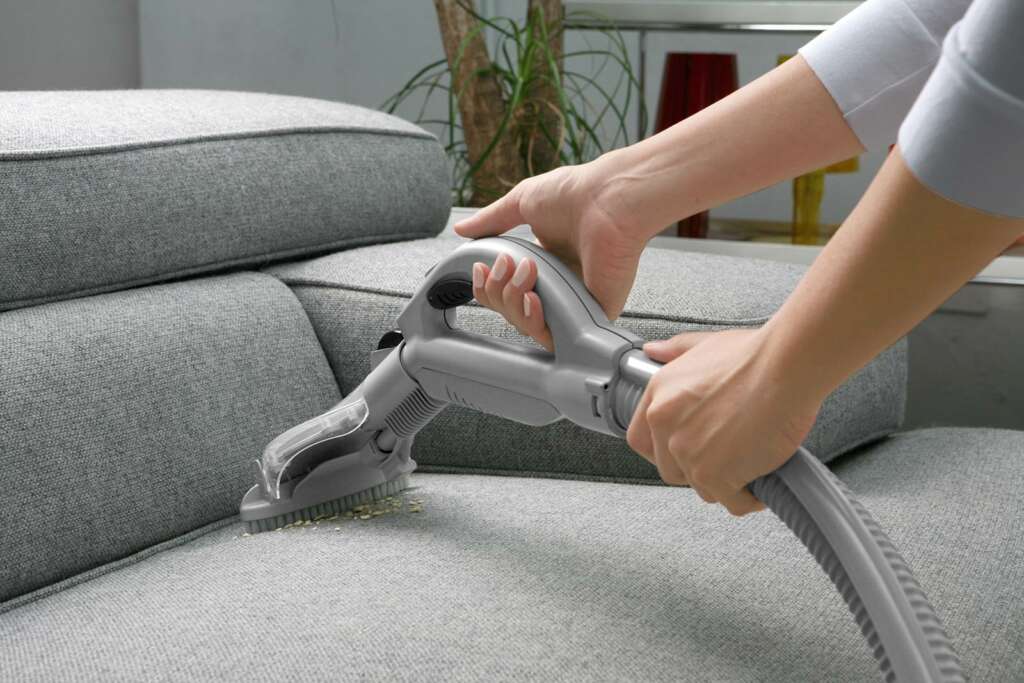
Enjoying a bowl of pasta when suddenly your upholstery is too? Not to worry, they can be cleaned.
Here’s how:
Consult the labels of the upholstery fabric
Some upholstery fabrics are machine washable. These are pre-shrunk (if it’s a natural fabric), color-fast and not fragile enough to be damaged in the washing machine.
It’s always a good idea to start by checking if there are any laundry / manufacturer tags and follow the instructions given.
If there are, simply check for any zippers, chuck them into the wash under the delicate setting and air dry them afterwards. Never use heat.
Not machine washable? Well, cleaning codes are more common when it comes to upholstery fabric. They are the standard and have been used for over 50 years.
Here they are:
- S – Water can stain certain types of fabrics and with the “S” label, you should be particularly wary. Strictly, the “S” means dry cleaning only. Do NOT use water or any form of water-based cleaners. Use dry cleaning solvents and do not over-saturate the fabric with them.
- W – “W” for water! Fabrics with this label are cleaned with water-based upholstery shampoos, foams and upholstery cleaners. Similarly, do not over saturate with water. That’s a rule that should always be followed.
- WS – Fabrics with the “WS” label can be cleaned with water-based or solvent-based cleaners. Using mild detergents and mild dry-cleaning solvents are effective in spot cleaning this type of fabric.
- X – Typically seen on delicate fabrics like silk, the “X” means it shouldn’t be cleaned with any form of cleaning agent. This can cause the fabric to shrink or stain. It should either be vacuumed / brushed lightly or professionally cleaned.
These cleaning codes serve as general guidelines, and they offer general advice. For more specific information, consult the internet!
Search for fabric specific cleaning information
Searching for specific cleaning information for the fabric in question can help achieve a deeper clean and prolong it’s life.
The best answer on how to clean the fabric would be provided by the shop that sold the fabric so don’t hesitate to ask.
Alternatively, if you know what the fabric is made of, it is possible to search for specific cleaning information such as “How do I clean red wine stains from 100% cotton upholstery fabric”
This will yield better advice when compared to the general cleaning instructions offered by the cleaning codes.
DIY cleaning the fabric
Preparing for the clean
As long as the fabric can be cleaned with water-based solutions (“W” or “WS” label) , you could take cleaning matters into your own hands.
Service costs can be so high nowadays…
To get started, vacuum the fabric. It is essential to get rid of the dust, hair and debris prior to starting the clean lest they get wet and stick to the fabric.
While vacuuming, make sure not to use highly abrasive nozzle attachments, be too rough or set the suction too high.
This may damage the fabric so be extra careful when dealing with more delicate fabrics.
Creating the cleaning solution
Mix half a teaspoon of dish soap (not dish detergent) with one cup of water.
Mix the solution well and it should be good enough to give the fabric a general clean.
More heavily stained areas may require slightly more dish soap to be mixed in.
Time to clean
Remember microfiber? That’s the cloth material you’ll want to use to clean your upholstery.
It’s soft, absorbent and has a huge density of very fine fibers – like a tiny toothbrush for brushing out dirt.
So quickly go grab a microfiber cleaning cloth, it’s time to clean!
One thing to make sure is that the color of the cleaning cloth doesn’t run so wash it and test it out on a scrap piece of fabric first.
If the cloth is color-fast, you’re ready to start testing out cleaning an inconspicuous area of your fabric.
It’ll make sure that the cleaning process doesn’t ruin the fabric. Simply wet the cloth in the cleaning solution, then dab and blot firmly onto a small spot and leave it to dry.
Do the same for the rest of the fabric if there are no issues. Spend extra effort on stains and avoid scrubbing whenever possible as this may damage the fabric.
Remember not to go overboard and saturate the fabric in water.
Drying
Why didn’t we wet that fabric like we had a super soaker in a waterpark? Because drying.
Remember that mold and mildew grow on lots of fabrics and leaving them damp for long periods of time exacerbates the risk of it happening.
To speed up the process, ensure the drying area is ventilated.
Get creative and open the windows, leaving the fan on at full blast or use the dry setting on your AC.
At the risk of sounding like a broken record, never use heat (like a hairdryer) to dry the fabric. The heat is damaging to synthetics and can shrink natural fabrics.
Does that sound like a lot of work? Well, it is.
But if you’re willing to do the cleaning yourself, you’d save a couple of hundred on professional steam or dry cleaning.
Use that money to treat yourself instead!
Upholstery alternatives
Professional upholstery is expensive ($800+), and diy-ing it yourself takes skill. Depending on the fabric used, it can make for some expensive mistakes.
Good thing we have alternatives. Such as:
Painting upholstery
Have some worn-out upholstery that needs a new life? Try repainting it.
An alternative cost effective solution (with lots of effort), upholstery can be painted using fabric paint.
Done correctly, you won’t have to worry about paint rubbing off on your clothes nor the fabric feeling like a crumbly croissant. Good fabric paint won’t change how your upholstery feels.
Even better if you get good at this obscure skill. You’d could turn the thrift-store into your new hangout and remodel your room on the dime.
Paint your hauls and have an infinite supply of basement bargain furniture.
Enough fantasizing. Here’s what painting upholstery can do:
The results speak for themselves on this one.
However, if you’re not looking for the extra effort, here’s a solution for sofas, chairs and just about any form of seatery.
Sofa Slipcovers
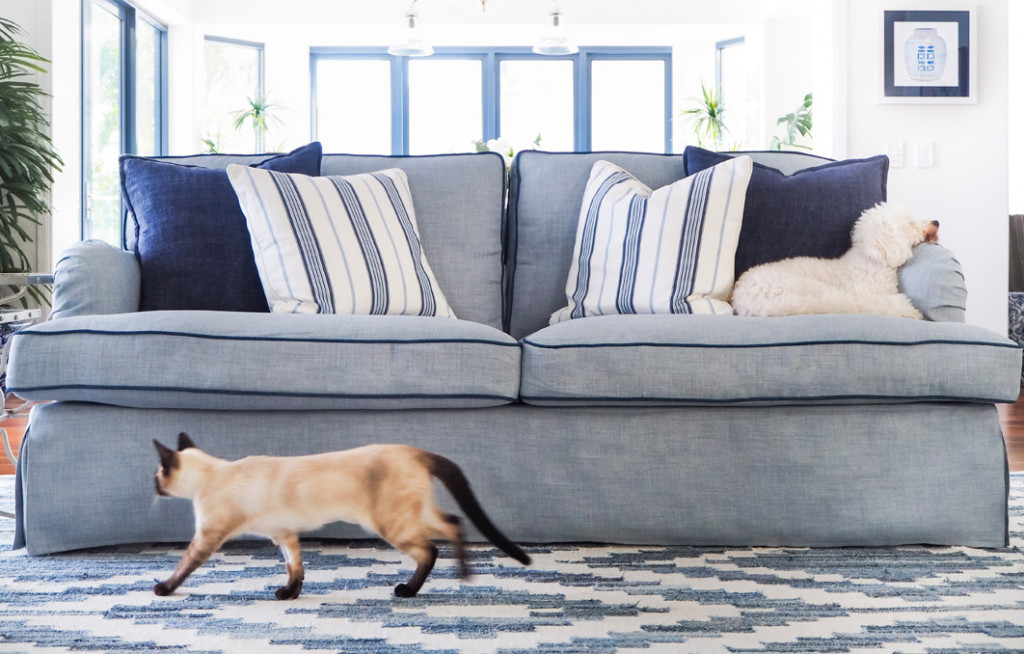
Custom sofa slipcovers are something we feel that everyone should know about.
They will transform your standard sofa into a personalized look new, feel new version of itself.
It’s the sofa equivalent of a face-lift.
In fact, the sofas you may have seen throughout the post are all slipcovered in our line of fabrics.
Chairs, ottomans and any other type of worn-out seatery (should be a real word) can be slipcovered too.
So, as long as the frame and cushions are holding up, a slipcover will make it seem as if you had just brought it back from the store.
If you’re curious about using sofa covers as an alternative to upholstery, don’t forget to order fabric samples to get some first hand touchy-feely experience.
By the way, you should also order samples for any upholstery fabric that you’re considering purchasing. All fabric sellers should offer these so make sure to use them.
In the end, no matter what solution you choose, the takeaway is that these are furniture pieces that will be around for awhile.
So pour over this article again, fire Google up and consult your local sellers. This is something you’ll want to get right.
With that said, you now know everything needed to get started on your journey. Good luck young grasshopper!
Thinking of getting a sofa slipcover? Take our slipcover fabrics for a test run here:
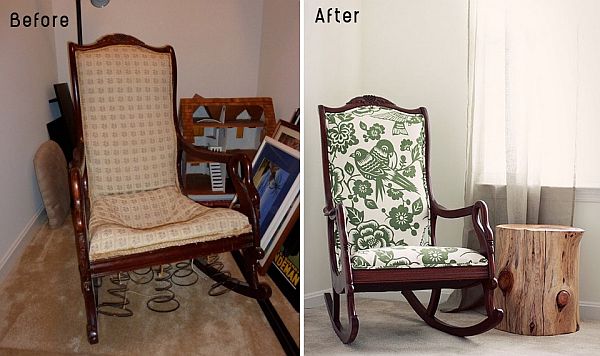
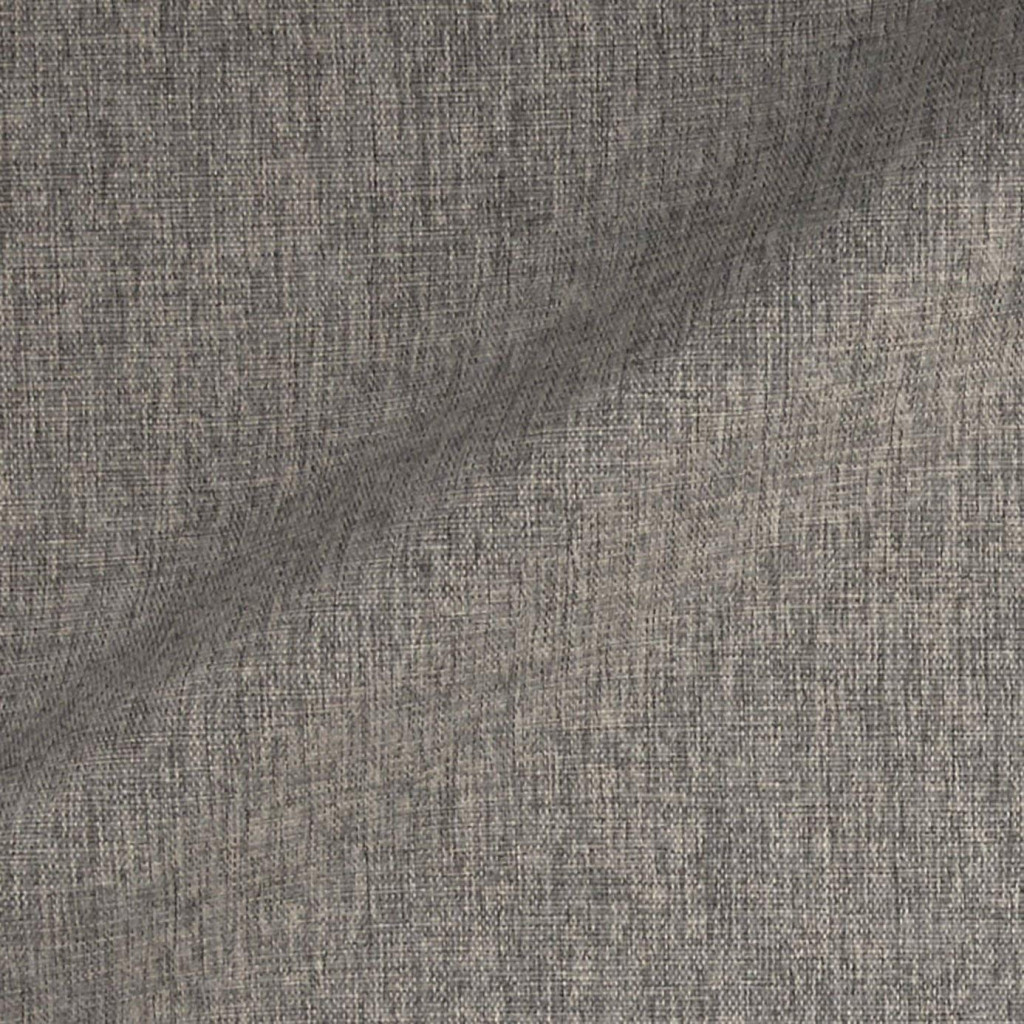

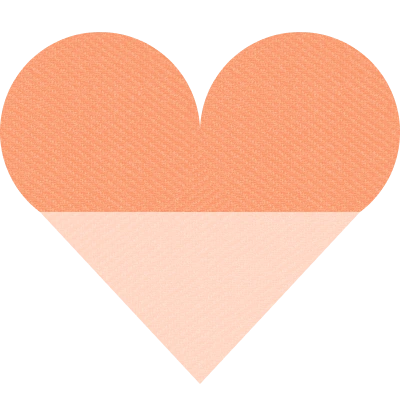
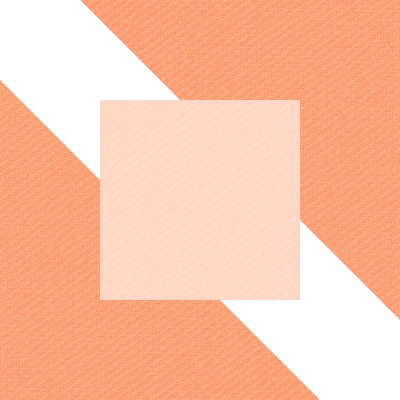
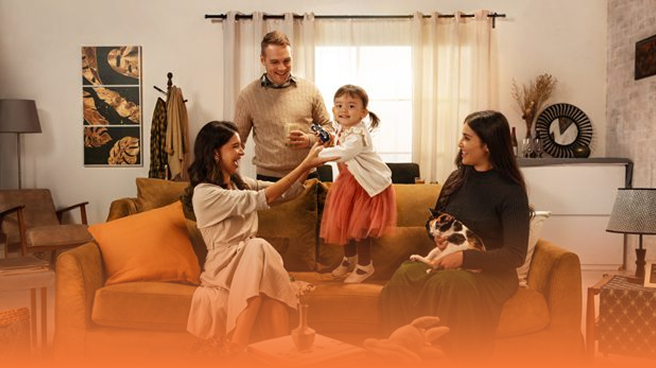




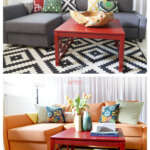
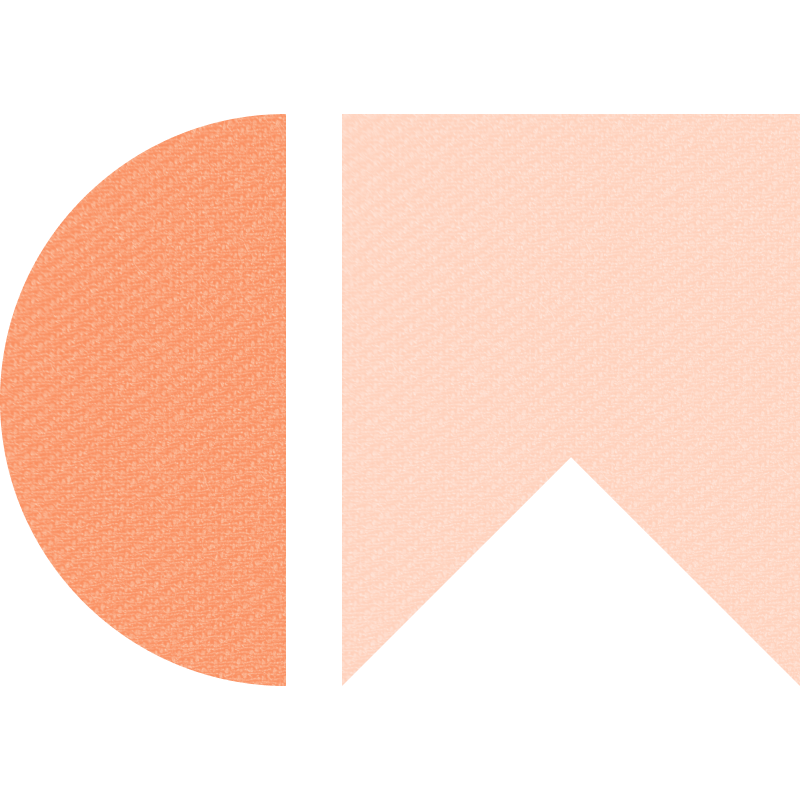
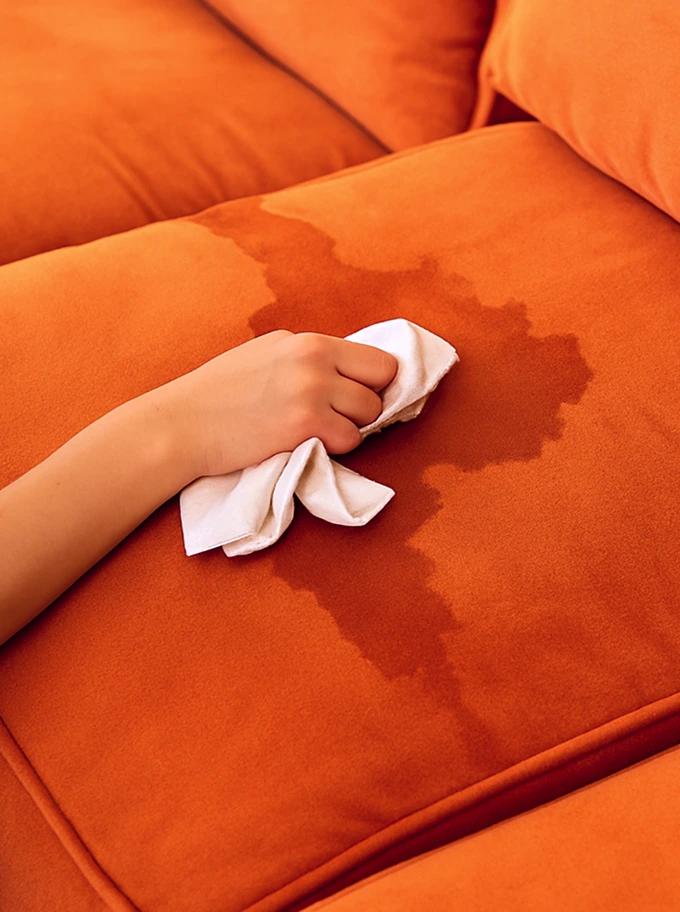
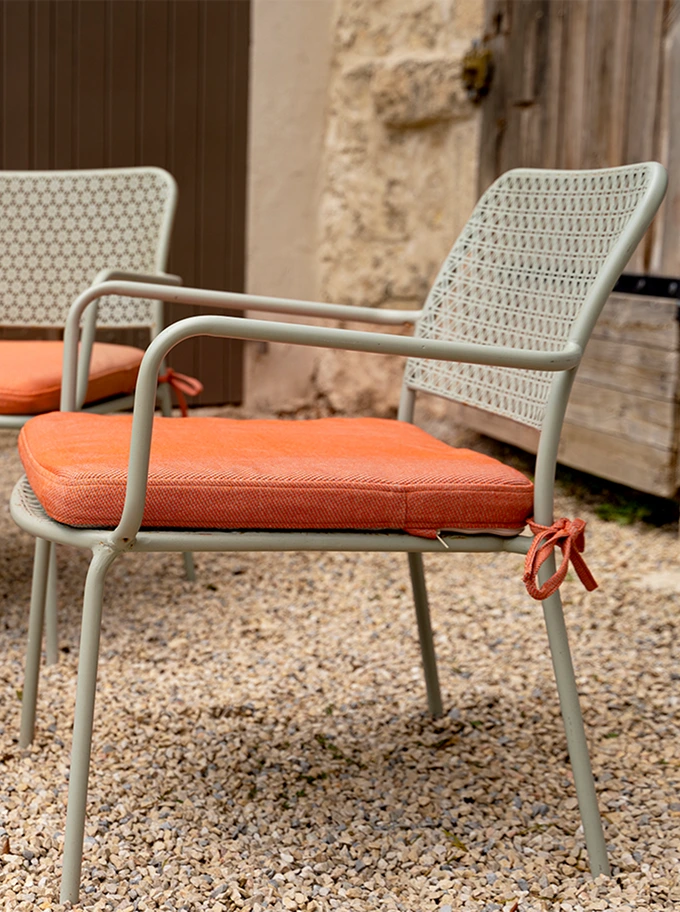
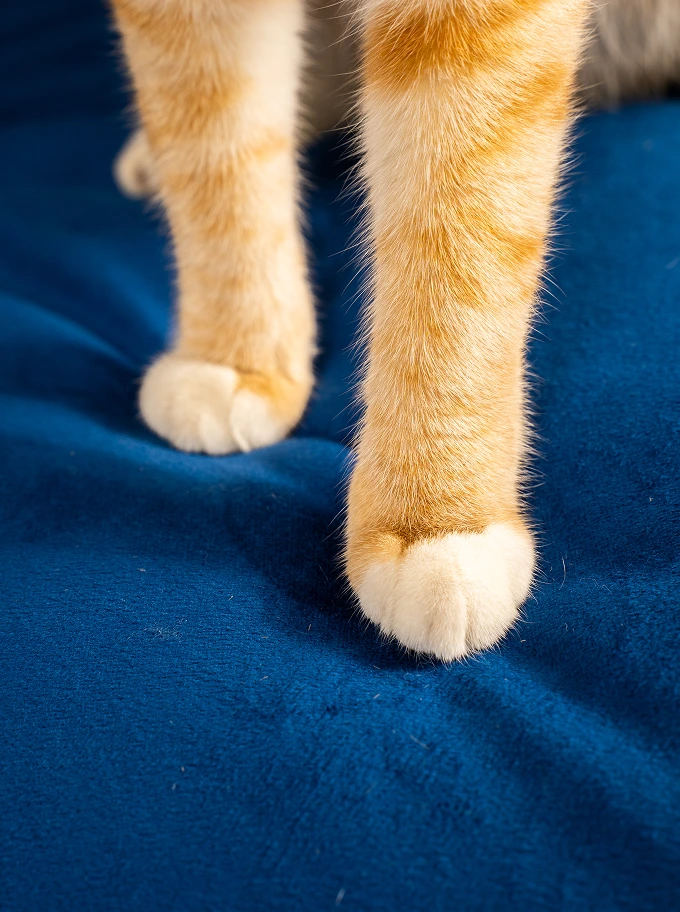
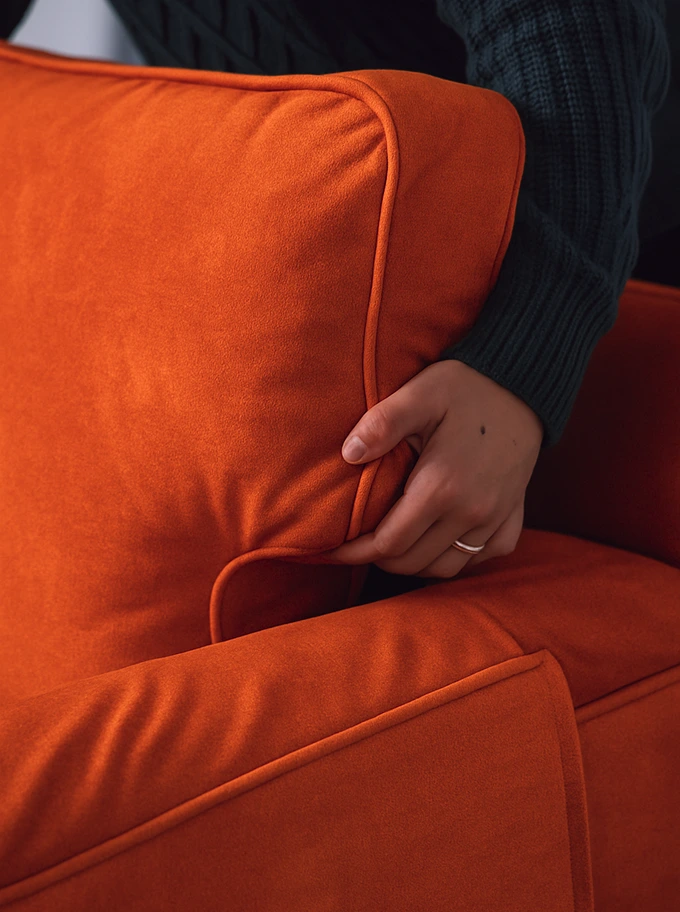
tracey
Jul 13, 2023Awesome Blog! Your blog is very informative for everyone. If you’re looking to transform your home or office space, look no further than the Perspective Paint and Design Store in Lexington. With a vast selection of high-quality paints, wallpaper, fabrics, and home decor accessories, this store is a one-stop shop for all your interior design needs.